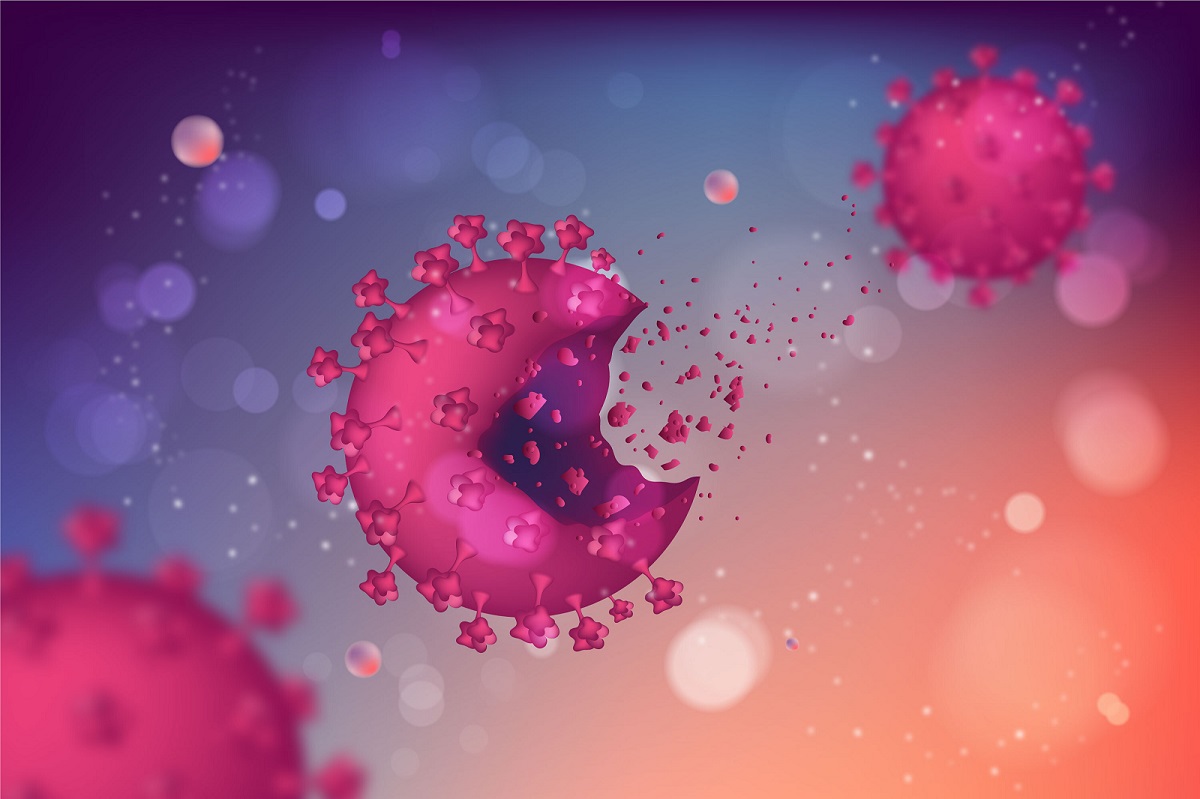KEY TAKEAWAYS
- The study aimed to investigate long-term survival and treatment efficacy in pediatric AML.
- Researchers noticed that survival rates were acceptable compared to national and international data, suggesting effective treatment outcomes.
Nazan Sarper and the team aimed to analyze the long-term outcome of pediatric patients with acute myeloblastic leukemia (AML). The study evaluated the effectiveness of first-line (1L) treatment protocols and the contribution of hematopoietic stem cell transplantation (HSCT) to the survival of relapsed patients.
They performed an inclusive analysis of data from 69 patients with pediatric AML aged 0-18 years diagnosed with AML between December 2001 and October 2019, analyzed in April 2023. Patients received MRC-AML10 chemotherapy, which included 2 courses of ADE (cytarabine, daunorubicin, and etoposide), followed by MACE (amsacrine, cytarabine, and etoposide) and MidAC (mitoxantrone and cytarabine).
No maintenance chemotherapy or preventive cranial radiotherapy was administered. The cohort included 12 patients with Down syndrome, who received a reduced chemotherapy regimen consisting of cumulative doses of anthracycline (420 mg/m2), cytarabine (3.4 g/m2), and etoposide (1400 mg/m2). Additionally, 15 patients with promyelocytic leukemia received all-trans retinoic acid (ATRA) in combination with chemotherapy.
About 5.8% of patients (4 individuals) died during the induction phase, with causes including 2 cases of typhlitis, 1 intracranial hemorrhage, and 1 case of resistant disease. The complete remission rate for the remaining 66 patients was 87.8%. Due to cardiotoxicity, 1 patient died, and infection-related deaths accounted for 7.2% of the total.
About 7 patients met high-risk criteria and 1 patient with resistant disease underwent HSCT following 1L treatment. All 7 patients who were in remission post-HSCT remained alive and disease-free. The overall relapse rate (ORR) was 34.4% (21 patients).
Then 4 patients who experienced marrow relapse, were disease-free after achieving a second remission following salvage and maintenance chemotherapy. Thirteen patients (18.84%) underwent HSCT in their second remission, with 8 patients surviving and remaining disease-free. The mean follow-up period from diagnosis was 185 ± 13 months.
About 34 patients (49.2%) were alive and disease-free in their first remission, while another 2 patients in the first remission developed secondary malignancies. Event-free survival (EFS) rates for good, standard, and poor risk groups were 68.2%, 52.9%, and 10%, respectively. Overall survival (OS) rates for these groups were 86.4%, 79.4%, and 20%, respectively. The 15-year EFS and OS rates for the entire cohort were 49.3% and 69.6%, respectively.
The study concluded that the survival rates of pediatric patients with AML were acceptable when compared with national data and multicenter studies from developed countries.
No funding information was provided.
Source: https://pubmed.ncbi.nlm.nih.gov/39050395/
Sarper N, Tachsin I, Aylan Gelen S, et al. (2024). “The outcome in pediatric acute myeloblastic leukemia; results of the first-line treatment and contribution of hematopoietic stem cell transplantation to survival of relapsed patients.” Turk J Med Sci. 2023 Dec 11;54(2):411-418. doi: 10.55730/1300-0144.5806. PMID: 39050395; PMCID: PMC11265898.



